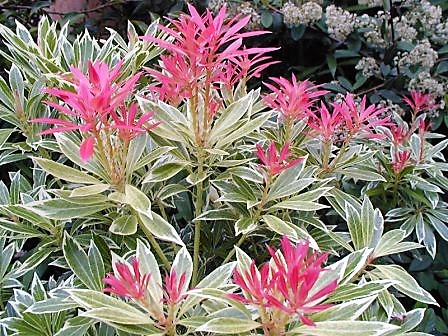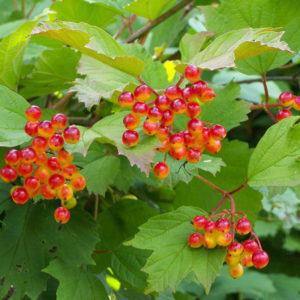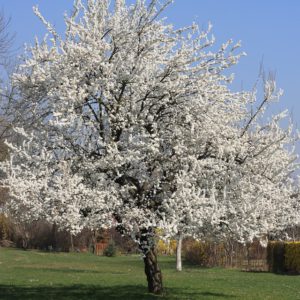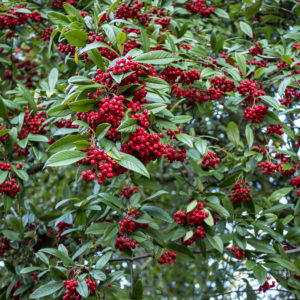Pieris jap. Variegata
€25.00
Frequently Bought Together


Description
Quick Facts
- Common Name: Japanese Andromeda, Variegated Pieris, Lily of the Valley Shrub
- Botanical Name: Pieris japonica ‘Variegata’
- Plant Type: Evergreen shrub
- Mature Height: 1.5-2m
- Mature Spread: 1-1.5m
- Flowering Period: March to April
- Flower Colour: White, bell-shaped flowers
- Foliage: Dark green edged with creamy-white variegation, bronze-red new growth
- Hardiness: RHS H5 (fully hardy)
- Soil Requirements: Moist, well-drained, acidic
- Aspect: Partial shade to full sun (with shelter)
- Maintenance: Low to moderate
Description
Discover the captivating beauty of Pieris japonica ‘Variegata’, an exquisite evergreen that transforms Irish gardens into tapestries of colour and elegance throughout every season. This exceptional variegated cultivar offers a spectacular display of creamy-white edged foliage, brilliant bronze-red new growth, and cascading clusters of fragrant spring flowers, creating a symphony of colour that captivates attention from the first frost-kissed days of spring through winter’s quiet beauty.
From early spring through mid-spring, this magnificent shrub becomes adorned with abundant drooping panicles of delicate, bell-shaped white flowers that resemble strings of lily-of-the-valley pearls, filling the air with their subtle sweet fragrance. The true magic unfolds as vibrant bronze-red new growth emerges alongside the blooms, creating a stunning contrast against the elegant variegated foliage of dark green leaves edged with creamy-white margins. This compact, rounded habit provides year-round architectural presence and sophisticated colour that few shrubs can match.
Named for its striking variegation and Japanese heritage, this outstanding cultivar brings exceptional ornamental value to Irish gardens. Perfectly suited to our naturally acidic soils and temperate climate, ‘Variegata’ thrives in sheltered positions where its delicate variegated foliage is protected from harsh winds and late frosts, rewarding gardeners with months of multi-seasonal interest and refined elegance.
Create enchanting woodland compositions by pairing this variegated treasure with rhododendrons, camellias, and Japanese maples for layered spring interest, or combine with ferns, hostas, and hellebores for sophisticated shade garden displays. Magnificent as a specimen plant in sheltered borders, in containers flanking doorways where its seasonal transformations can be admired up close, or massed in acid-loving plant collections where its year-round beauty will bring light, colour, and elegance to your Irish garden sanctuary.
Caragh Garden Notebook
Planting: Space plants 1-1.5m apart in partial shade with shelter from cold winds and morning sun. Plant in spring or autumn in moist, well-drained, acidic soil. Dig holes twice the width of the root ball and incorporate generous amounts of ericaceous compost, leaf mould, or peat-free acidic compost. Plant at the same depth as the container. Water thoroughly and mulch with bark chips or pine needles.
Soil Preparation: Requires acidic soil with pH 4.5-6.0. Thrives in humus-rich, moisture-retentive conditions. Avoid alkaline or chalky soils which cause severe chlorosis and poor growth. In neutral soils, create planting pockets filled with ericaceous compost. Ensure excellent drainage whilst maintaining consistent moisture. Shelter from cold, drying winds which can damage variegated foliage.
Container Growing: Excellent for containers using quality ericaceous compost. Choose pots minimum 45cm diameter with adequate drainage holes. Water regularly with rainwater where possible to avoid alkaline tap water. Feed monthly during growing season with ericaceous fertiliser. Protect from harsh winter winds and late spring frosts. Repot every 2-3 years in spring using fresh ericaceous compost.
Seasonal Care: Deadhead spent flower clusters after blooming to maintain appearance and encourage bushiness. Prune lightly after flowering if needed to shape, removing any all-green reverted shoots promptly. Apply slow-release ericaceous fertiliser in early spring. Mulch annually with bark chips, pine needles, or leaf mould to maintain soil acidity and moisture. Water during dry spells, especially when new growth is emerging.
Propagation: Take semi-hardwood cuttings in late summer using hormone rooting powder. Root in ericaceous compost with consistent humidity and warmth. Rooting typically takes 8-12 weeks. Layer low-growing branches in spring. Note: Remove any reverted all-green shoots immediately to maintain variegation, as these grow more vigorously and can overtake the plant.





